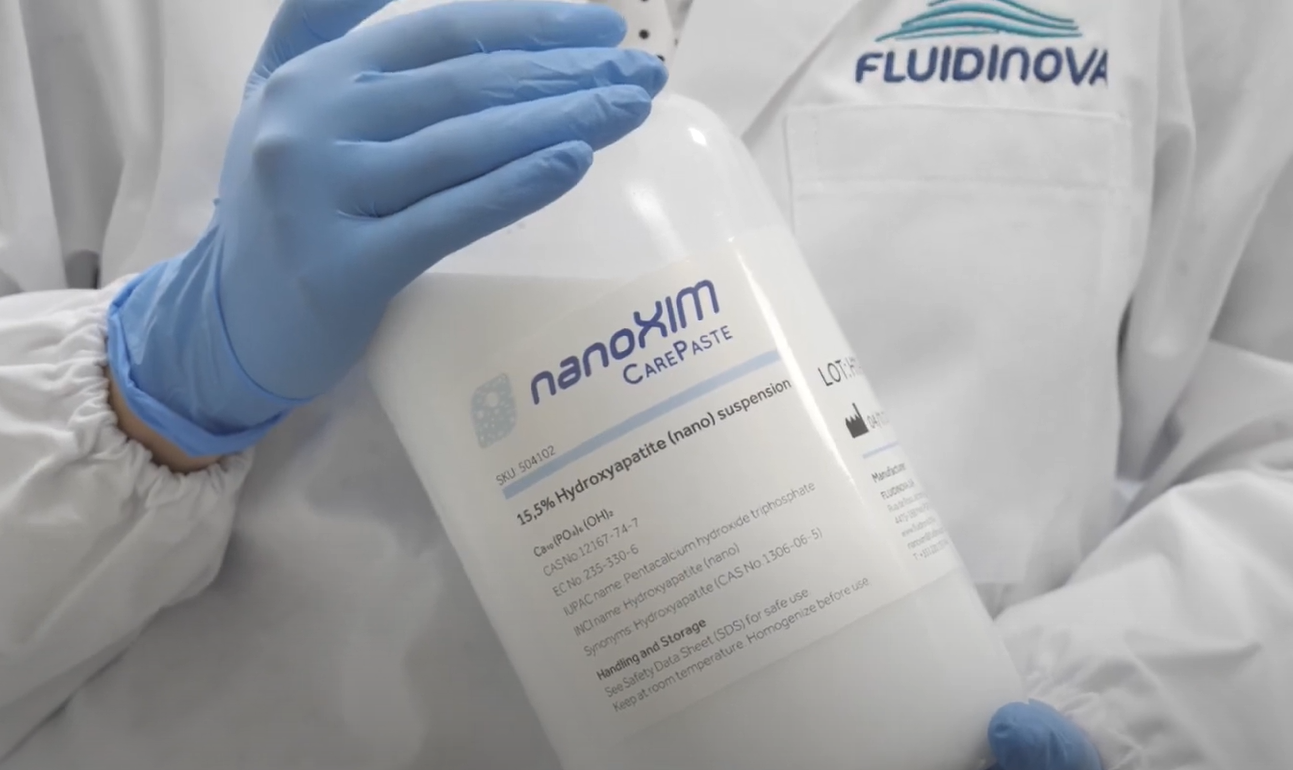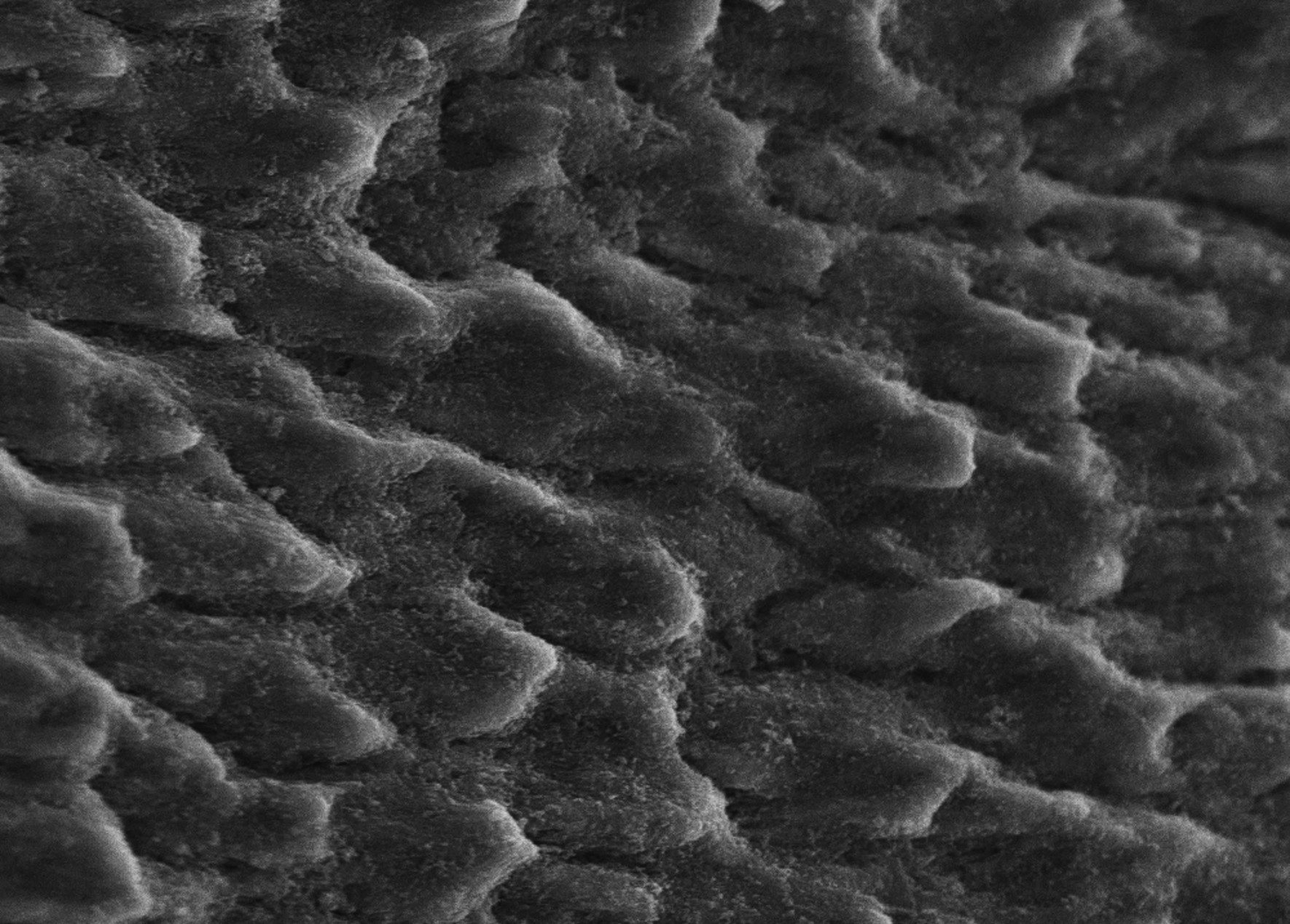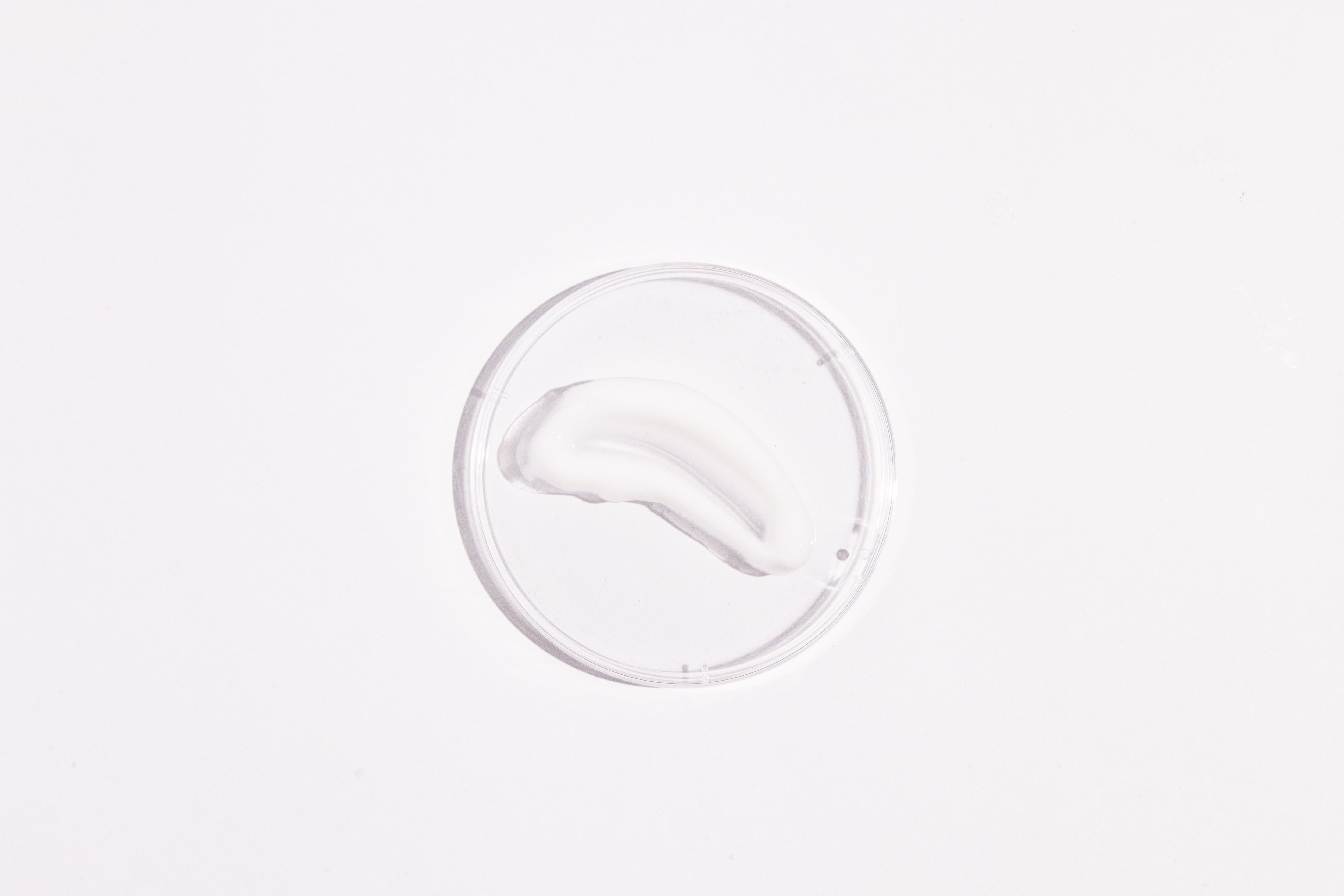Is Nano-Hydroxyapatite Safe?
Nano-hydroxyapatite (nano-HAP) has become one of the most exciting ingredients in modern oral care. But hydroxyapatite (HAP) itself has a long history in science and dentistry.
The first synthetic form was created by NASA in the 1970s - at the time in larger particle sizes - to help protect astronauts’ bones in zero gravity. By the 1980s, hydroxyapatite was being used in Japanese toothpastes, where it quickly became a trusted standard for strengthening enamel. Since then, synthesis techniques have advanced, creating smaller, more biocompatible particles that work in closer harmony with natural enamel. Today, that evolution has led to nano-hydroxyapatite - now considered the gold standard for true enamel repair.
But because the word “nano” often raises safety questions, many people ask: is nano-hydroxyapatite safe?
The short answer: yes - when produced in the right way, and meeting strict criteria, nano-hydroxyapatite is safe and effective. But not all nano-HAP is created equal. Let’s unpack why.
Why Use Nano-Hydroxyapatite at All?
Hydroxyapatite (HAP) is the very mineral that makes up 97% of human enamel. In toothpaste, HAP particles bind to teeth and help remineralise damaged areas.
Nano-HAP vs Micro-HAP - Which is better?
- Micro-HAP (larger particles) can coat the surface of enamel but are limited as to how effectively they can penetrate deep into damaged enamel below the surface.
- Nano-HAP (smaller particles) are proven to integrate more effectively into these microscopic defects, filling and rebuilding enamel deeper below the surface. This is due to the smaller particle size, as well as the resulting higher surface reactivity.
That’s why leading researchers and regulators see nano-HAP as the gold standard for true enamel repair. Whilst Micro-HAP can still contribute to enamel repair, it alone cannot be trusted to deliver effective enamel repair.
Particle Shape Matters: Rod vs. Needle
When it comes to nano-materials, shape is just as important as size. Research has shown that:
- Rod-shaped nano-HAP — the type that mimics natural enamel structure — is safe for use in oral care.
- Needle-shaped nano-HAP — the type that has raised safety concerns — can potentially cause problems if inhaled or absorbed in inappropriate ways.
- Spherical-shaped nano-HAP — less common, and has been looked at more for regenerative bone science — less effective for repairing enamel.

For this reason, the SCCS (Scientific Committee on Consumer Safety) — the European body responsible for safety assessments — has approved only rod-shaped nano-HAP for use in cosmetics and oral care. Nura only uses rod-shaped nano-HAP.
Why Production Is Critical
Producing safe nano-hydroxyapatite is an extremely specialised process. In fact, there is only one company in the world that manufactures the specific rod-shaped nano-HAP that has been formally assessed and approved as safe in Europe by the SCCS.

This company is Fluidinova S.A, based in Portugal, whose “nanoXIM Care Paste” nano-HAP is currently the only the only nano-hydroxyapatite in the world scrutinised and approved as safe for oral care cosmetics by the SCCS, after development and assessment for over a decade. This is the nano-HAP used in Nura.
Unfortunately, many cheap toothpastes — especially those imported from China and sold on Amazon — use unregulated nano-HAP that has never been assessed by European safety authorities. These imports often cut corners, may use the wrong particle shapes, and could pose real risks.
If you see “nano-hydroxyapatite” in a toothpaste at a suspiciously low price, there’s a good chance it doesn’t use SCCS-approved material, and could be potentially dangerous
Addressing Common Safety Concerns
Because nano ingredients are often misunderstood, there are recurring worries around nano-HAP. Let’s look at the science.
“Does nano-HAP get into your blood?”
Studies show that rod-shaped nano-HAP used in toothpaste does not pass through oral tissues into the bloodstream. The particles are too large to cross biological membranes, with almost no particles passing through the ‘epithelial’ top layer of cells in the mouth.
For any that are swallowed by accident, the pH of stomach acid simply dissolves the HAP into it’s Calcium, Phosphate and OH constituents.
The SCCS said in its review:
“Any uptake of hydroxyapatite (nano) by buccal mucosa is considered negligible, and the epithelial cells with internalised particles will be shed out over time … any unintentionally ingested HAP nanoparticles … will undergo rapid dissolution in the gastric fluid and therefore do not raise any nano-specific concern over safety.”
“Can it cross the blood–brain barrier?”
As no nano-HAP is absorbed into the blood, there is no evidence of any bio-accumulation in the brain, nervous system or elsewhere. These findings align with further toxicology studies from Japan over the last 20 years, where nano-Hydroxyapatite has been used for multiple decades in toothpaste.
“Can it cause cancer, or calcify glands?”
Some critics point to studies involving unrelated nano-materials or unsafe particle shapes. For example:
- A paper on gland calcification involved needle-shaped particles, not the SCCS-approved rod form.
- The SCCS also conducted multiple genotoxicity studies, seeing if nano-HAP was able to interfere with cell DNA in any way. No such interference was detected in any of their models. Studies looking at breast cancer also pertain to HAP created in-situ by cancerous cells in the body, not from external ingestion or exposure to nano-HAP from toothpaste.
The SCCS’s conclusion after reviewing the entire evidence base was clear: rod-shaped nano-HAP is safe for oral care use at approved concentrations.
“How much nano-HAP is allowed to be used in toothpaste?”
The issue with most nano-hydroxyapatite toothpastes on sale has been the lack of disclosure as to what concentration (%) of Hydroxyapatite they use.
The reason for this lack of transparency is normally because of the low percentages used by these companies, with nano-HAP levels often below 2%. As mentioned in our other article, this is too low to be clinically-effective.
But at the other end of the spectrum, what is the upper limit of nano-hydroxyapatite that is safe?
- The SCCS’ initial 2023 assessment gave approval of up to 10% nano-HAP to be used in toothpaste products.
- In 2025, they updated their guidance, allowing up to 29.5% nano-HAP in toothpaste.
The SCCS’s conclusion after reviewing the entire evidence base was clear: rod-shaped nano-HAP is safe for oral care use at approved concentrations.

Nura is the only toothpaste powered by 12% Hydroxyapatite, pairing 7% nano-HAP with 5% biomimetic micro-HAP. This is one of the highest concentrations of HAP available on the market.
The Bottom Line
- Nano-hydroxyapatite is safe — when it’s the right type. Rod-shaped nano-HAP is the only form approved in Europe, and it’s the only type proven to integrate into enamel and repair teeth.
- Production quality matters. Only one global supplier manufactures SCCS-approved nano-HAP, with very few brands using it at sufficiently-high concentrations. Nura are one of the few brands that use this.
- Cheap imports are risky. Many toothpastes sold online contain unverified, potentially unsafe nano-HAP, and should be avoided.
At Nura, we use only the highest-grade, SCCS-approved nano-hydroxyapatite. It’s why our Mineralising Paste is not only effective but also meets the strictest European safety standards.
Nano-hydroxyapatite is more than safe — it is the enabler of better teethcare.
Read more

The Difference Between Repairing and Regrowing If you’ve ever read that enamel “can’t grow back,” you’re not wrong — but that’s only half the story. To understand what’s possible (and what’s not), ...

Impressive ingredients, wild claims, but not sharing the information that really matters? The issue of 'pixie dusting' in oral care, and how we take a different approach.
